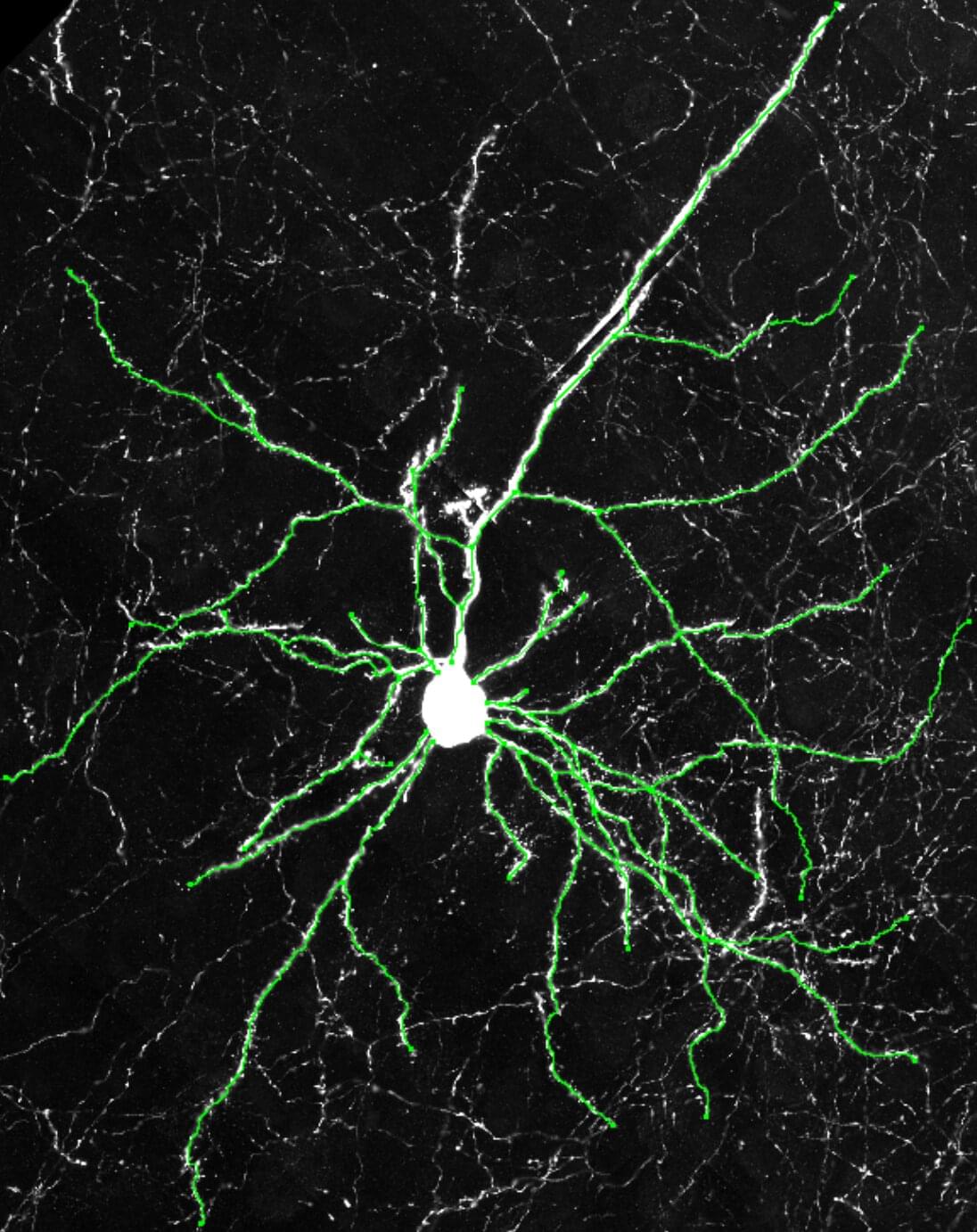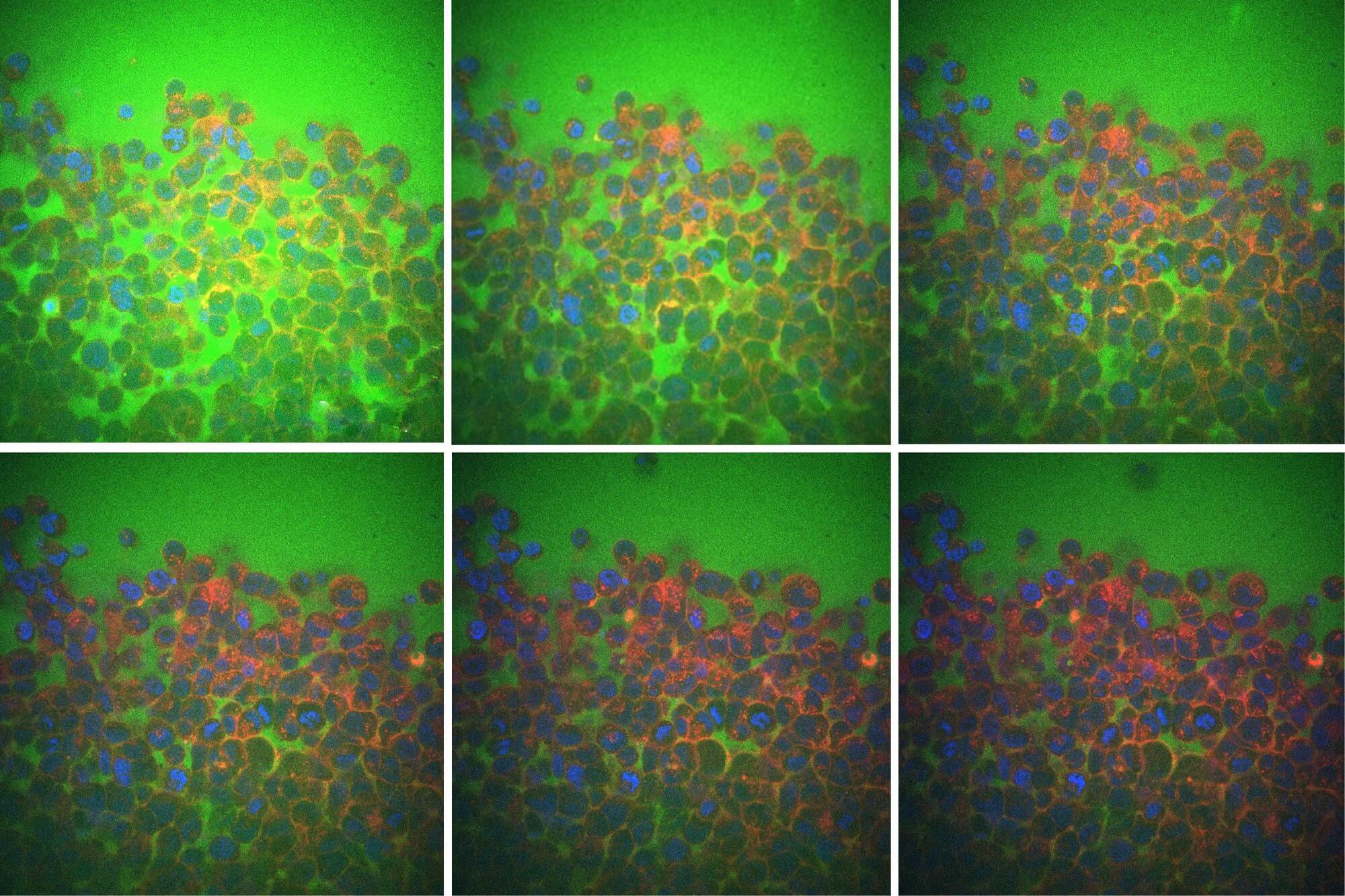Clock genes are a set of genes known to contribute to the regulation of the human body’s internal 24-hour cycle, also known as the circadian rhythm. One of these genes is the so-called CLOCK gene, a protein that regulates the activity of other genes, contributing to recurrent patterns of sleep and wakefulness.
Past findings suggest that this gene is also expressed in the neocortex, a brain region that supports important cognitive abilities, including reasoning, decision-making and the processing of language. However, the gene’s possible contribution to these specific brain functions remains poorly understood.
Researchers at UT Southwestern Medical Center recently carried out a study on genetically modified mice aimed at better understanding how the expression of the CLOCK gene in the human neocortex influences cognitive functions. Their findings, published in Nature Neuroscience, suggest that the gene plays a role in the formation of connections between neurons, which in turn influence mental and behavioral flexibility.









